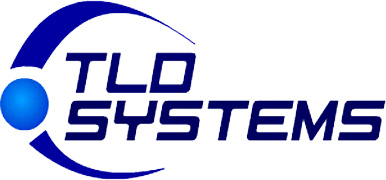- Helping you with HIPAA Security Solutions.
Hammertoe

MIPS
MEX5: Hammer Toe Outcome
Description:
For MEX 5, the patient must be seen at least twice: once at the time of diagnosis to document the pain scale, and a second time to assess any decrease in pain. In order to document the patient’s pain, you must use the standardized pain scale 1-10. This measure tracks pain levels from the first visit to the last. No specific treatment is required—any intervention that effectively reduces the patient's pain is acceptable, the hammer toe diagnosis must be a part of the claim. Treatments may include surgery, changes in shoe gear, padding, and debride corns.
Read More

MIPS
MEX5: Hammer Toe Outcome
This is a custom measure for podiatrists that is square in the clinical domain of Podiatry. The Hammer Toe Outcome is the percentage of patients who have lesser toe deformity (hammer and claw tows) causing pain that receive any type of treatment and have significant reduction in pain as a result of that intervention.
Read More

Coding
Bill for Correction of a Hammertoe Deformity
What is the most appropriate way(s) to bill for the correction of a hammertoe deformity?
Read More
Coding
Challenges with CPT 28308 and Hammertoe Surgery
“I have great difficulty getting paid for CPT 28308 when a hammer toe repair is performed at the same time. The billing scenario generally will look like this:
CPT 28308 (2nd metatarsal osteotomy) -RT
CPT 28285 (2nd hammertoe repair) -T1 -59
We never get paid for CPT 28308 in this scenario. Does anyone have any suggestions? We link the acquired deformity of bone diagnosis to CPT 28308.”
Read More

